Assassin’s Creed II, Ezio’s First Adventure, Still Shines on Ubisoft+
Assassin's Creed II might have a numeral in its title, but for many, the adventure of Ezio Auditore da Firenze is where the franchise as we know it today truly began to take shape. The first game established the central pillars of parkour, combat, and broad-daylight stealth in a historical setting, but the sequel took all that and ran across the rooftops with it at breakneck speed, setting the template for future games to follow. And with Assassin's Creed Shadows bringing its own set of new and exciting features on November 15, now's a great time to revisit Assassin's Creed II - just one of the many games included with a Ubisoft+ Premium or Classics subscription - and take another (or a first!) look at the foundations laid by our introduction to Ezio.
Assassin's Creed II takes players on an epic journey through the Italian Renaissance as Ezio, a young nobleman-turned-Assassin whose quest for revenge carries him through the underbellies of Florence, Venice, Tuscany, and Romagna, and all the way to the highest echelons of 15th-century power. Yes, this is the one where you fistfight the Pope - but not just any Pope. Rodrigo Borgia - aka Pope Alexander VI - is widely regarded as one of the most corrupt figures in an era when "corrupt" was the standard, and here he's an effective villain, manipulating events from behind the scenes as the glowering Templar known initially as "The Spaniard."
Borgia is one of a number of real historical figures and events woven into Assassin's Creed II's fictional narrative (which also features a young Leonardo da Vinci as Ezio's boundlessly enthusiastic best friend/gadget-maker). The story plays fast and loose with the past; it establishes a secret history where the Assassins and Templars

 news.ubisoft.com
news.ubisoft.com


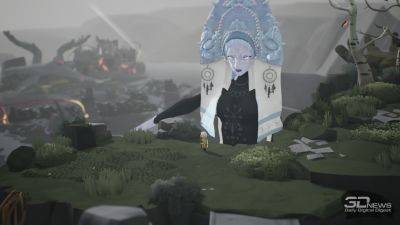
![[Видео] Для детей всех возрастов. Обзор The Plucky Squire [Отважный паж] - gametech.ru](https://playerone.cc/storage/thumbs_400/img/2024/10/4/379503_pfuap.jpg)
![[Видео] Обзор Zoochosis - gametech.ru](https://playerone.cc/storage/thumbs_400/img/2024/10/4/379502_fj4u.jpg)
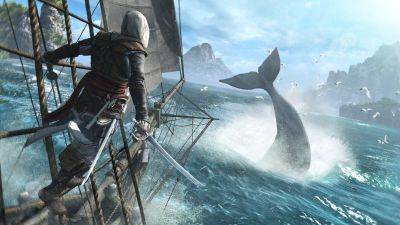




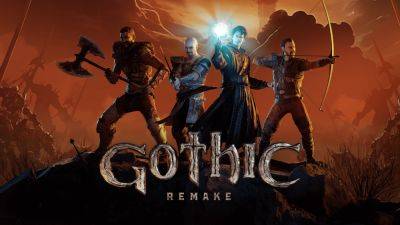
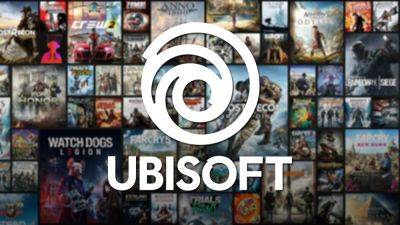
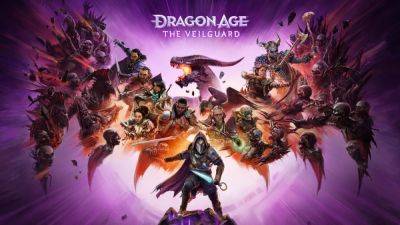




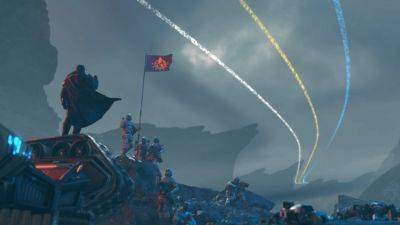
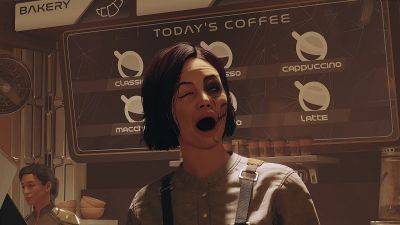
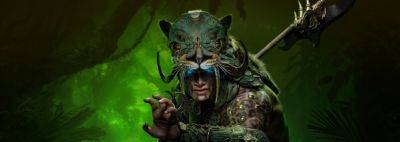
![[СТРИМ] Ремастер ужаса. Until Dawn для PS5 - gametech.ru](https://playerone.cc/storage/thumbs_400/img/2024/10/4/379486_fx1vh.jpg)

